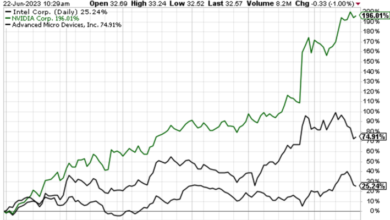IEA Urges Soaring Clean Energy Funding in Global South to Meet Climate Targets
Developing and Emerging Economies, Excluding China, Need Sevenfold Increase in Clean Energy Financing within a Decade, says IEA

The International Energy Agency (IEA) emphasized the crucial need for a significant increase in financing for clean energy projects in developing and emerging economies, excluding China, if global warming is to be limited to tolerable levels.
According to a report released by the intergovernmental agency, annual investments in non-fossil fuel energy in these countries must surge from $260 billion to nearly $2 trillion to align with the temperature goals outlined in the Paris Climate Agreement.
IEA Executive Director Fatih Birol highlighted that financing clean energy in the emerging and developing world is a critical factor in achieving international climate targets. The report comes ahead of the Summit for a New Global Financing Pact in Paris, which aims to garner support for reshaping the financial flows from developed to developing nations.
The summit agenda emphasizes accelerating the transition from polluting to clean energy sources and assisting countries in the Global South to cope with and adapt to the severe impacts of climate change. Currently, almost 800 million people without electricity and 2.4 billion without access to clean cooking fuels reside in poor and emerging countries.
The IEA warned that if current policy trends persist, one-third of the projected increase in energy use in these nations over the next decade will be met through the burning of fossil fuels, the primary contributor to global warming.
Dr. Birol acknowledged that clean energy investments have been gradually increasing, with over 90% of that increase coming from advanced economies and China since the Paris Agreement in 2015.
However, only 10% originates from emerging and developing countries, indicating the need to shift this trend. The report indicates that private sector investments must contribute two-thirds of the required finance for clean energy projects in emerging and developing economies, excluding China.
To meet climate and sustainability objectives, the IEA suggests focusing clean energy investment in these economies on four key areas. Over one-third should be allocated to low-emission generation, primarily solar and wind power.
Another third should be dedicated to enhancing efficiency in end-use sectors such as cooling and electric transportation. Additionally, investments in electricity grids, storage capacity, low-emission fuels, and carbon capture and storage (CCS) technologies should account for a quarter and just under 10%, respectively.
The report highlights the immense potential for rapidly scaling up renewable energy, especially in sub-Saharan Africa, where at least 40% of global solar radiation reaches the region.
Solar energy has become the cheapest source of electricity generation worldwide. However, the report underscores the need for increased solar PV capacity deployment across the African continent, as last year, China installed nearly ten times more capacity than the entire African region combined.
To achieve the Paris Agreement’s binding and aspirational targets of keeping global warming “well below” 2 degrees Celsius and ideally 1.5 degrees Celsius, respectively, annual private financing for clean energy in emerging and developing economies must increase from the current $135 billion to approximately $1 trillion within the next ten years.



